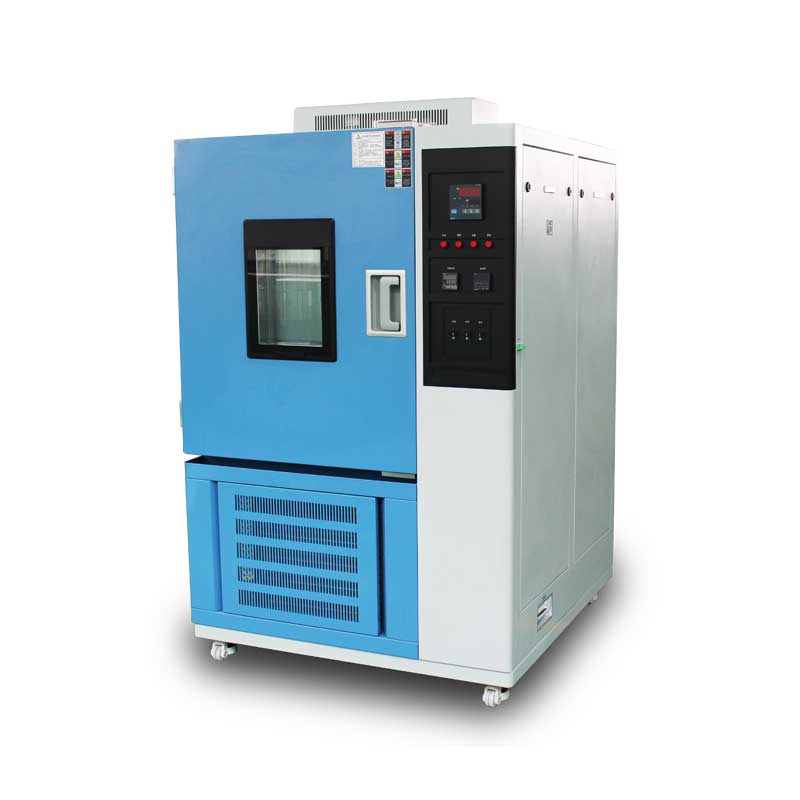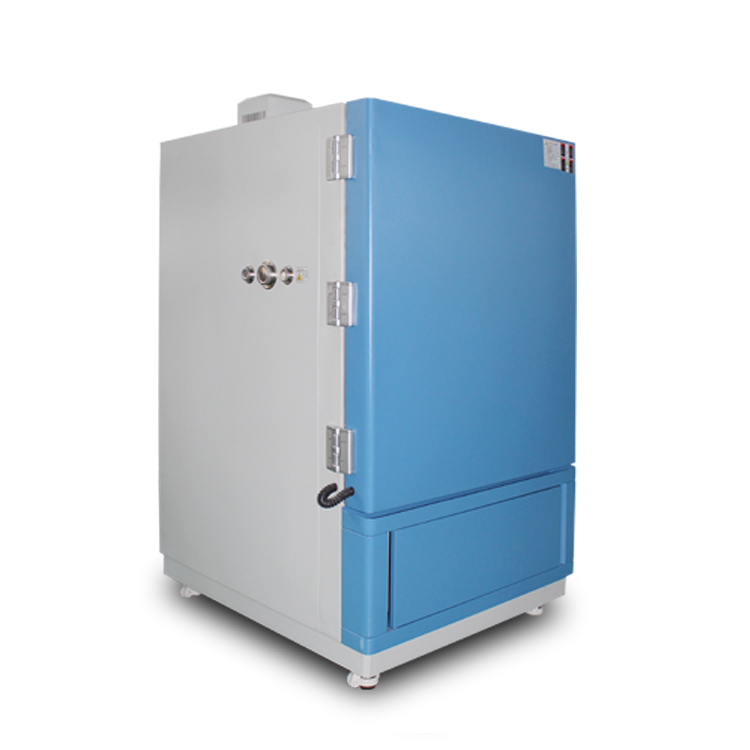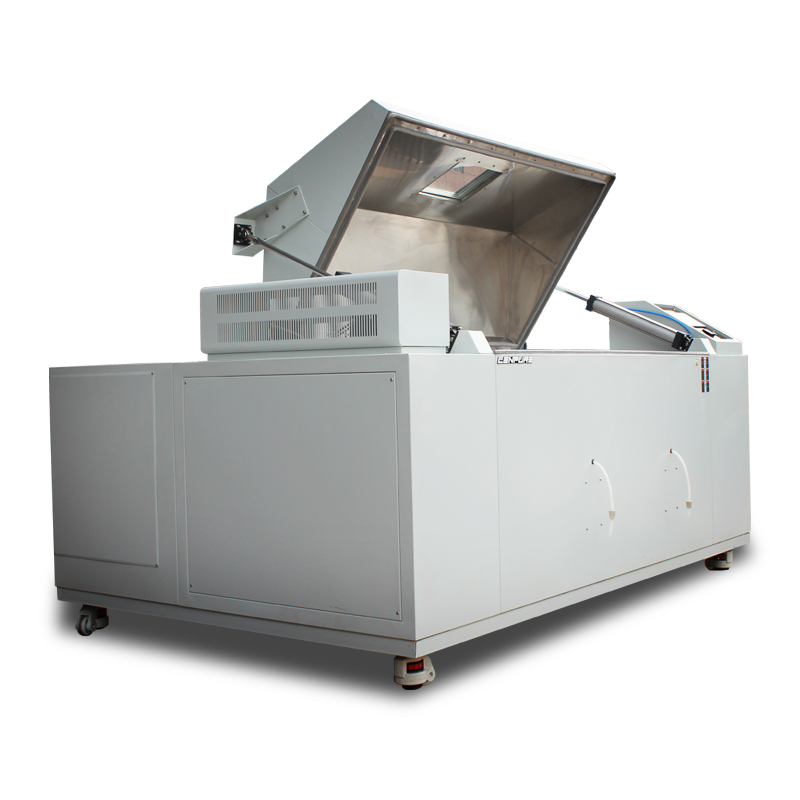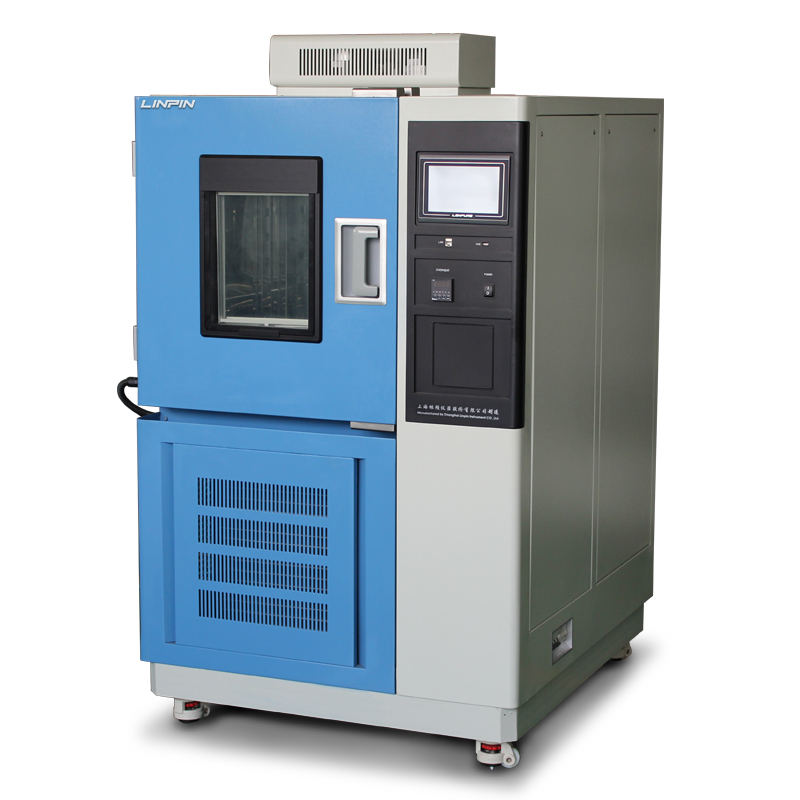Extend Lifespan by 50%! 3 Deadly Sins in Maintaining Thermal Chamber Compressors
Author:LINPIN Update Time:2025-09-03 Source:LINPINIn modern industrial production and scientific research, thermal shock chambers are critical for simulating extreme environments and testing product reliability. The compressor, as the core component, directly impacts equipment stability and lifespan. Proper maintenance can extend compressor life by over 50% and enhance performance, while mishandling may lead to costly failures.
Sin #1: Neglecting Regular Lubrication – Accelerated Mechanical Wear
High-speed moving parts (e.g., pistons, bearings) suffer severe friction. Lack of lubrication causes metal wear, overheating, and even catastrophic failures like seized shafts.
Proper Maintenance:
- Scheduled oil changes: Use manufacturer-recommended refrigeration oil (typically every 2,000 hours or annually). Never mix oil types.
- Monitor oil quality: Check for cloudiness, debris, or acidity. Replace immediately if degraded.
- Pre-lubrication: Manually lubricate before restarting after long downtime to prevent dry friction.
⚠️ Case Study: A lab skipped oil changes, leading to bearing wear and metal debris clogging the system. Repair costs exceeded 30% of the equipment’s value.
Sin #2: Ignoring Condenser Contamination – Plummeting Cooling Efficiency
Dust, grease, or debris on condensers disrupts heat dissipation, raising discharge temperatures and slashing efficiency by 20%. Chronic overheating shortens motor insulation life.
Proper Maintenance:
- Regular cleaning:
- Air-cooled: Clean fins monthly with compressed air or soft brushes.
- Water-cooled: Inspect filters quarterly; remove scale/algae buildup.
- Ensure ventilation: Maintain ≥50cm clearance around the unit; avoid heat sources.
- Monitor parameters: Track high-side pressure spikes as early warning signs.
📊 Data Proof: Tests show 50% clogged fins increase power consumption by 15% and reduce lifespan by 40%.

Sin #3: Frequent Cycling or Overloading – Premature Aging
Compressor startup currents spike 5–7× the rated value. Repeated cycling burns electrical contacts, while overloading (e.g., exceeding rated temperature ranges) degrades insulation and causes refrigerant flooding.
Proper Maintenance:
- Optimize operation:
- Avoid restarts within <5 minutes; install delay protectors.
- Use "continuous mode" for prolonged tests instead of "cyclic mode."
- Respect limits:
- Strictly adhere to rated ranges (e.g., -70°C to 150°C).
- Avoid >4-hour runs at extreme temperatures without cooldown breaks.
- Add safeguards: Voltage stabilizers and phase-loss protectors prevent grid-related damage.
💸 Industry Lesson: A non-stop -60°C test caused compressor liquid slugging, resulting in an $8,000 replacement.
Bonus: Proactive Maintenance for Peak Performance
Beyond avoiding these sins, implement a systematic plan:
- Annual professional inspections: Check refrigerant levels, electrical insulation, etc.
- Detailed logs: Record maintenance dates, replaced parts, and anomalies for traceability.
- Spare parts inventory: Stock oil separators, filter-driers, and other wear-prone components.
A thermal chamber’s compressor is its "heart." Avoiding lubrication neglect, poor cooling, and operational abuse—coupled with proactive care—can slash downtime and boost longevity by 50+. Remember: Prevention is cheaper than repairs. Invest in maintenance today to avoid tomorrow’s six-figure losses.




